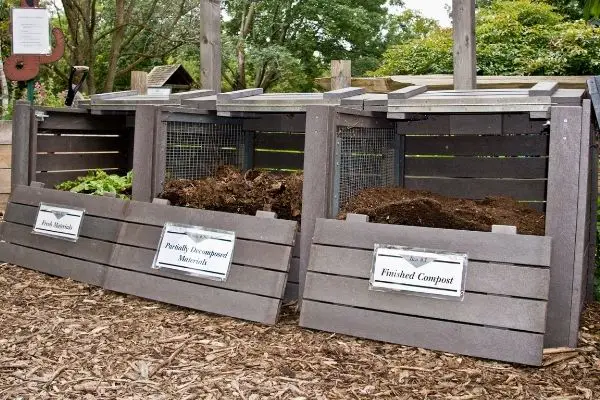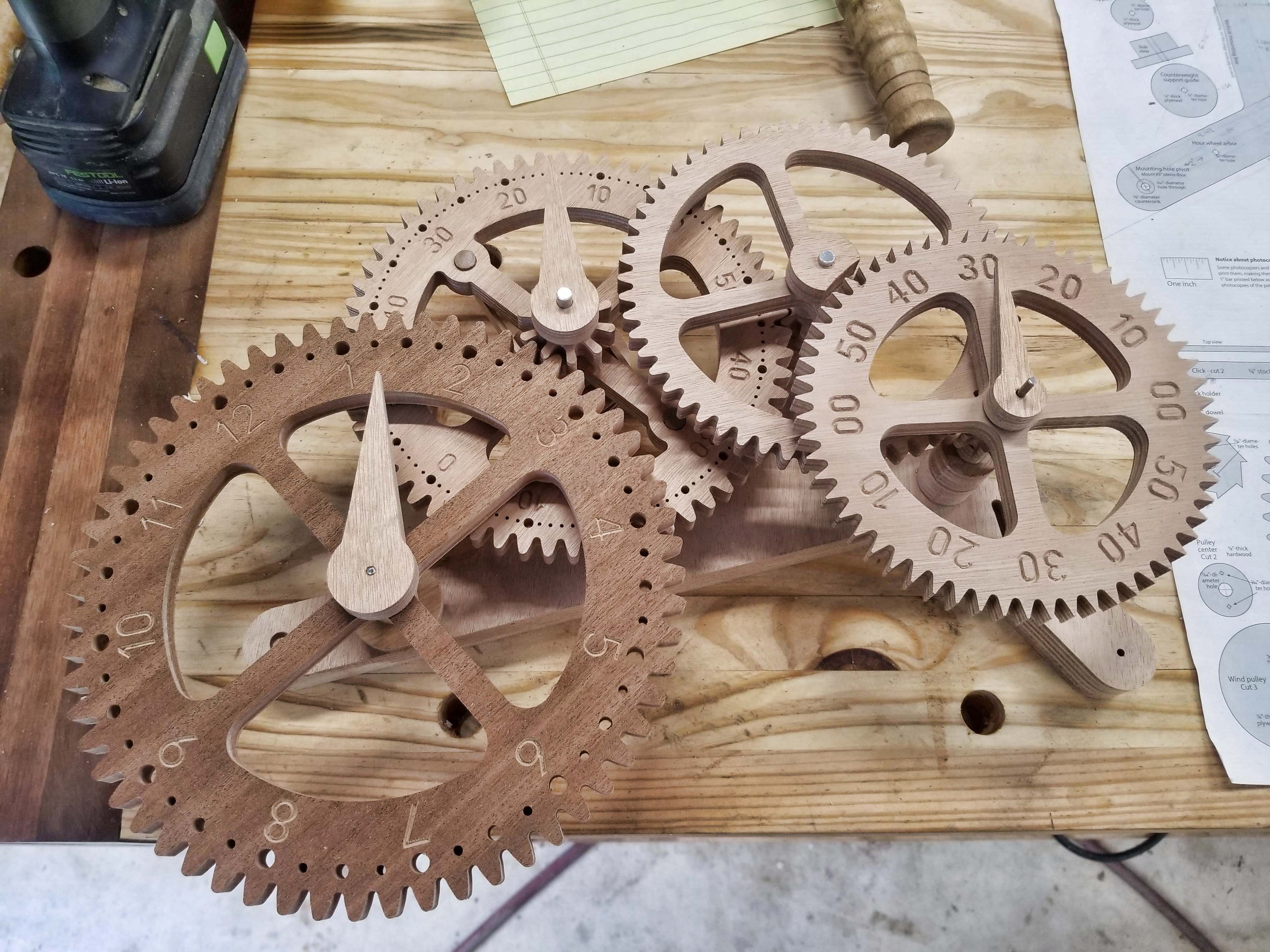
Best DIY Woodworking Projects for Selling Online
The world of online marketplaces is booming, and with it, the demand for handcrafted goods is skyrocketing. Woodworking, a timeless craft, provides a unique opportunity to capitalize on this trend. With a little creativity and dedication, you can transform your woodworking skills into a successful online business. This article will explore some of the best DIY woodworking projects that are perfect for selling online, catering to various tastes and needs.
Practical and Functional Projects
Practical and functional items are always in demand, and woodworking is perfectly suited to create these necessities.
Cutting Boards
Cutting boards are an essential kitchen tool. You can create various designs using different woods, including maple, walnut, and cherry. Adding features like juice grooves or handles enhances functionality. Consider offering various sizes, shapes, and even personalized engravings.
Serving Trays
Serving trays offer elegance and practicality. You can create trays in various shapes and sizes, using different woods and finishes. Incorporate unique features like handles, decorative edges, or even built-in compartments for serving specific items.
Wooden Utensil Holders
Utensil holders are both functional and visually appealing. You can create them in various styles, incorporating elements like open compartments, slots for specific utensils, or even built-in magnets for knives. Choose from different woods and stains to match various kitchen aesthetics.
Decorative and Ornamental Projects
Decorative and ornamental pieces add personality and charm to any space.
Wall Clocks
Wall clocks are a great way to showcase your woodworking skills and creativity. You can create unique designs using different woods, finishes, and clock mechanisms. Consider offering customizable options like engraved names or special messages.
Wooden Picture Frames
Wooden picture frames are a classic and timeless decoration. You can create frames in various styles, incorporating different woods, finishes, and decorative elements. Offer frames in various sizes to cater to different photo dimensions.
Wooden Ornaments
Wooden ornaments are popular during the holidays. You can design various shapes, sizes, and themes. Consider incorporating personalized elements, such as engraved names or special messages. Offer themed ornaments for specific holidays like Christmas or Halloween.
Home Furniture Projects
Creating furniture offers the opportunity to showcase your woodworking skills and create stunning pieces that transform homes.
Small Wooden Benches
Small wooden benches are versatile and functional pieces that can be used in various rooms, including entryways, bedrooms, and even bathrooms. You can create different designs using different woods, finishes, and upholstery options.
Wooden Nightstands
Wooden nightstands are a perfect addition to any bedroom. You can create various styles using different woods, finishes, and drawer designs. Consider offering customization options, such as choosing the wood type or the number of drawers.
Wooden Coffee Tables
Wooden coffee tables are a centerpiece for any living room. You can create tables in various styles, using different woods, finishes, and shapes. Consider offering custom sizes and storage options to fit different spaces and needs.
Factors to Consider When Choosing Projects
Choosing the right woodworking projects to sell online requires careful consideration of several factors.
Target Audience
Identify your target audience. Are you targeting homeowners, young professionals, or families? Consider their needs, preferences, and lifestyle to create projects that resonate with them.
Skills and Experience
Evaluate your woodworking skills and experience. Choose projects that align with your current expertise and allow for room for growth. Consider starting with simpler projects and gradually expanding your repertoire as you gain more confidence and experience.
Market Demand
Research the market demand for specific woodworking projects. Use online marketplaces like Etsy and Amazon to identify popular items and gauge pricing. Consider seasonal trends and holidays to create projects that are in high demand during specific periods.
Profitability
Calculate the cost of materials, tools, and labor for each project. Determine the selling price that allows for profit margins. Consider your time investment and the value you bring to each project.
Tips for Success
To succeed in selling your woodworking projects online, it is crucial to follow these tips.
High-Quality Photography
Invest in high-quality photography to showcase your projects professionally. Use natural lighting and a clean backdrop to create visually appealing images. Consider hiring a professional photographer if necessary.
Detailed Product Descriptions
Provide detailed product descriptions that highlight the materials, construction techniques, and unique features of each project. Use descriptive language to create a sense of excitement and value for potential buyers.
Excellent Customer Service
Respond to inquiries promptly and professionally. Offer personalized service and address any concerns or questions. Building strong customer relationships is crucial for repeat business and positive reviews.
Consistent Branding
Develop a consistent brand identity that reflects your personal style and woodworking philosophy. Use a logo, color scheme, and font style across all your online platforms to create a cohesive brand image.
Online Marketing
Promote your woodworking projects on social media platforms like Instagram, Facebook, and Pinterest. Engage with your audience, share behind-the-scenes content, and run targeted ads to reach a wider market. Consider using email marketing to stay connected with potential customers.
Conclusion
The online marketplace offers a lucrative opportunity for woodworkers to showcase their talents and turn their passion into a profitable business. By choosing the right projects, embracing quality craftsmanship, and implementing effective marketing strategies, you can build a successful online woodworking business.












